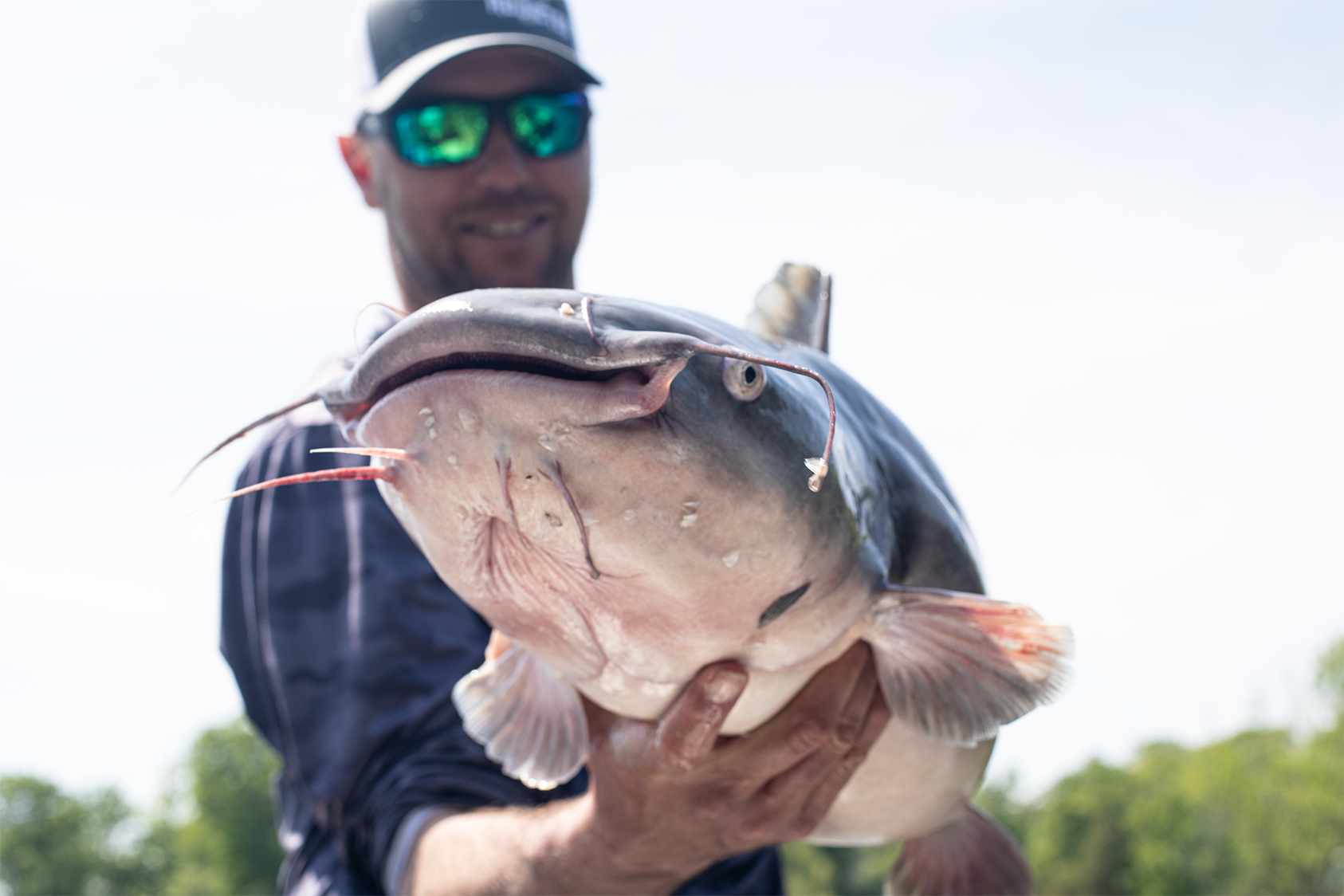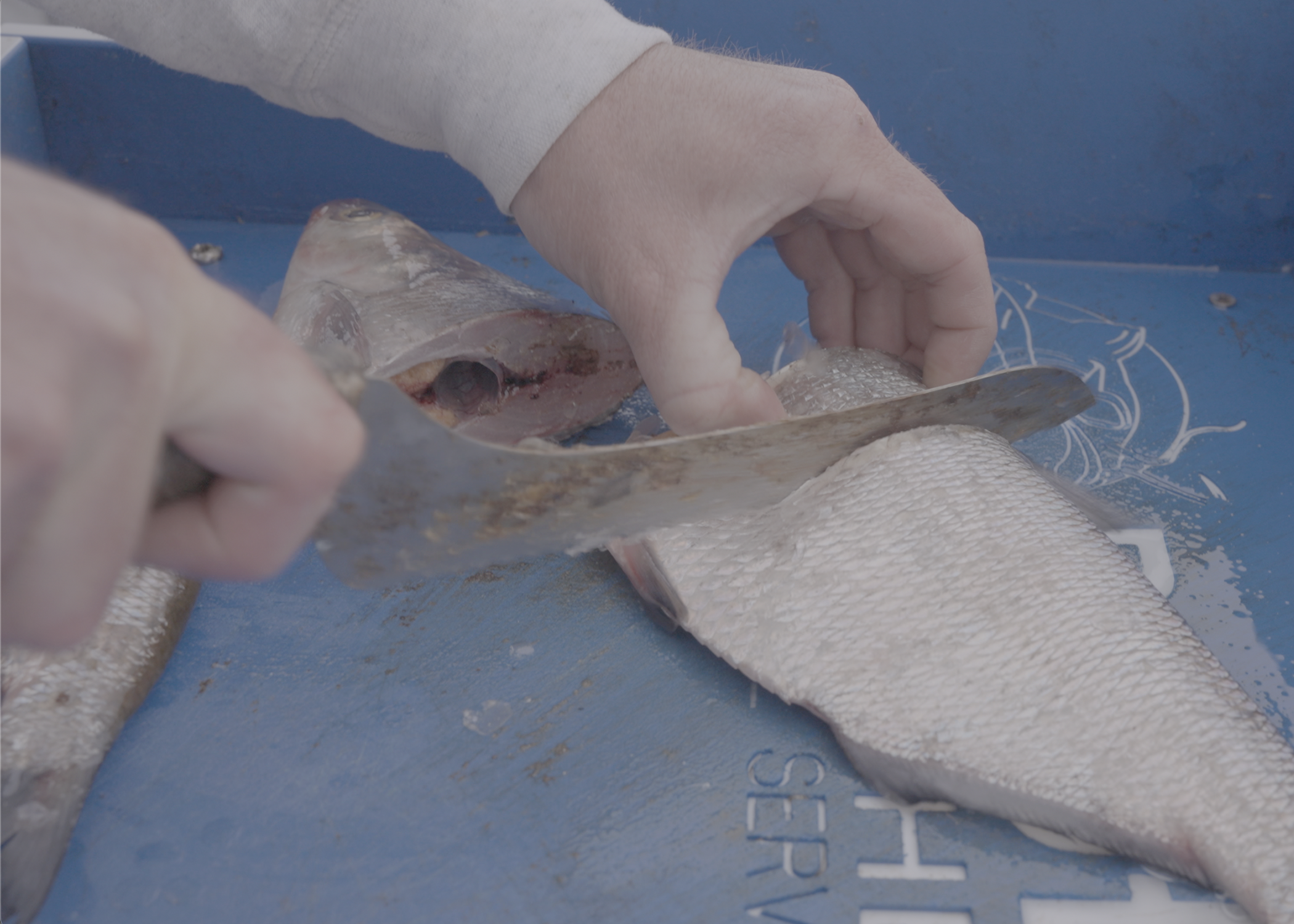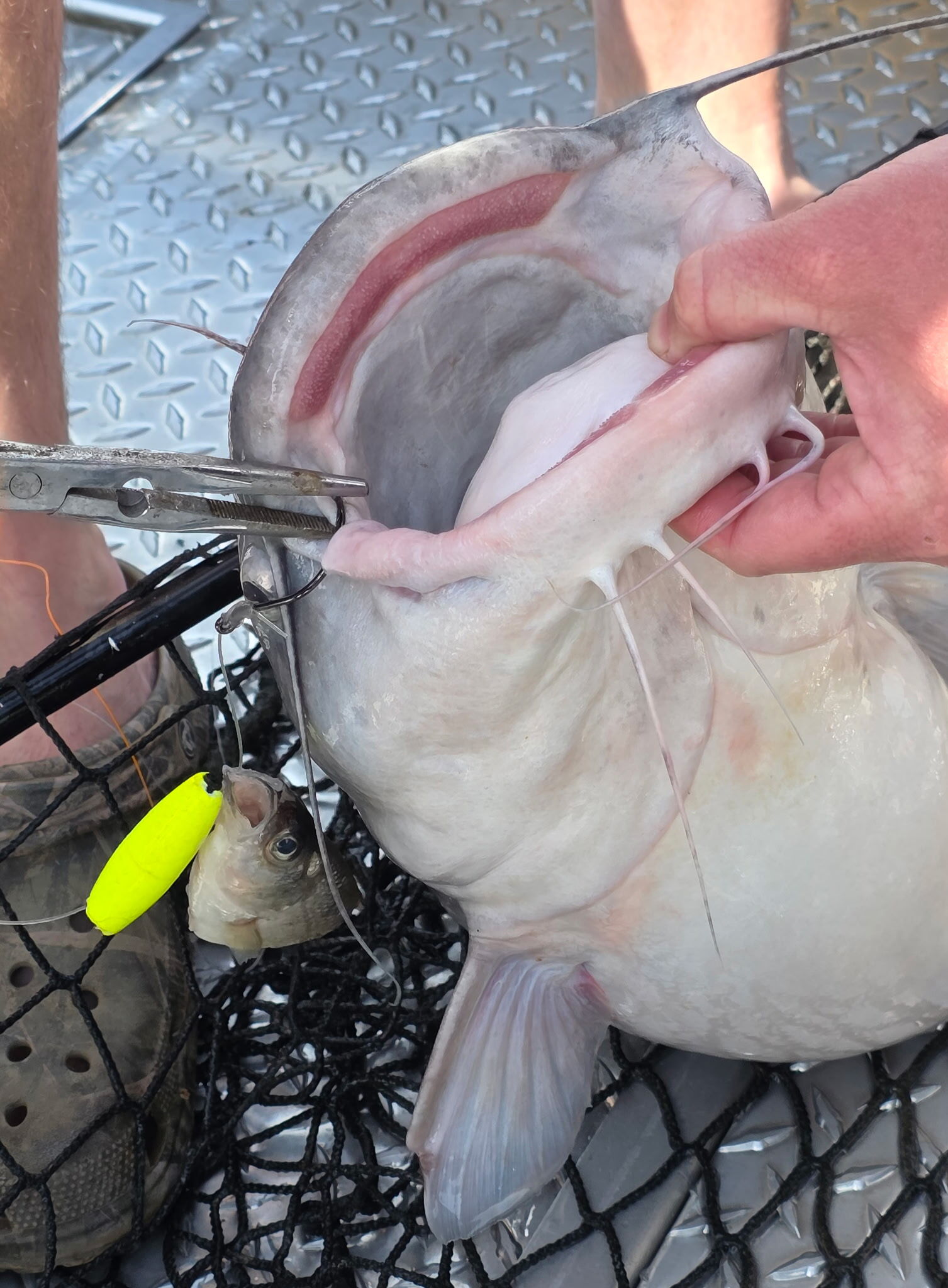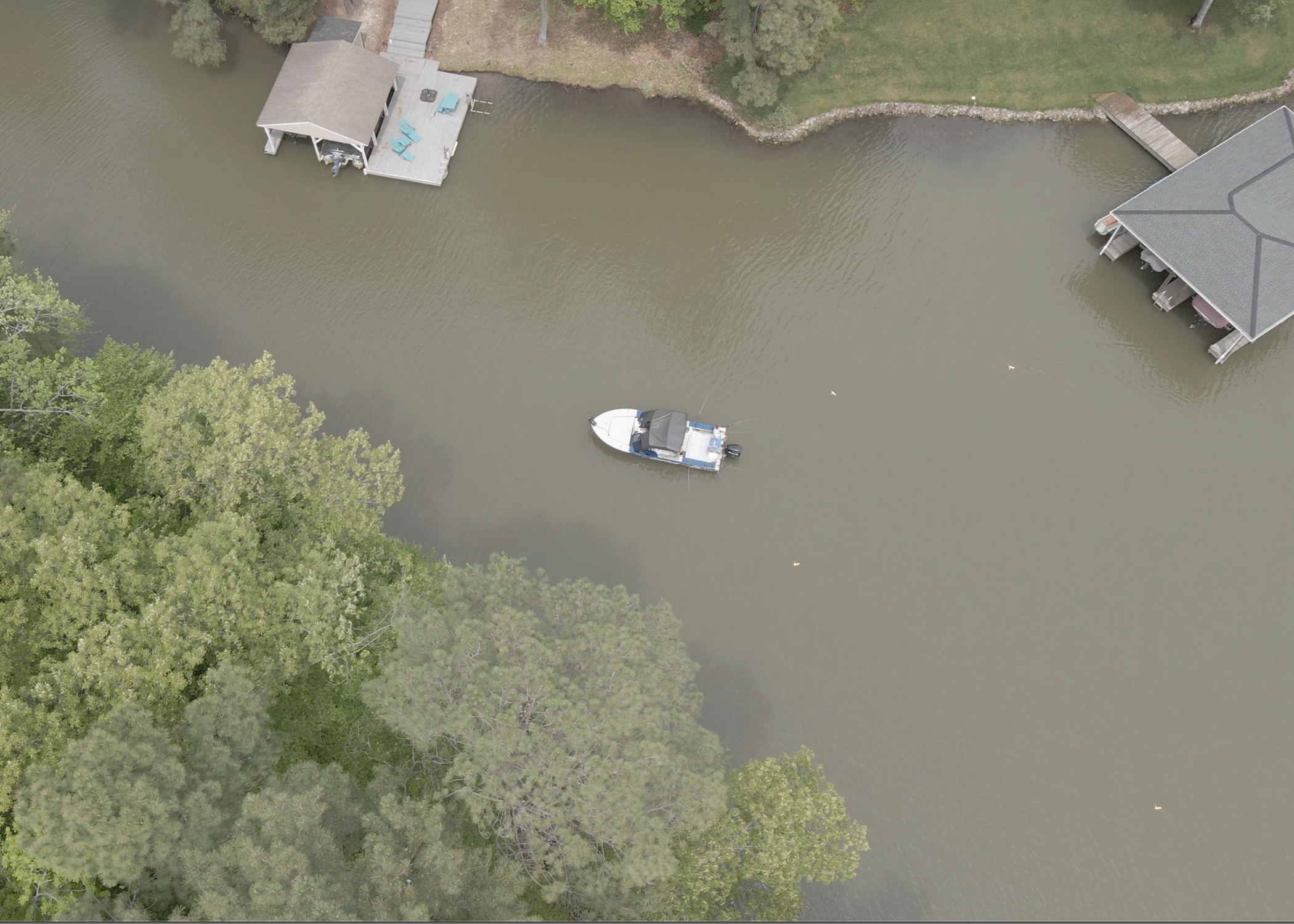What Do Catfish Eat? A Complete Angler’s Guide
Table of Contents
How Catfish Find Food

What Catfish Eat (Core Menu)

Species Breakdown
Seasonal Diet Shifts
Lake vs. River Diet

Small Cats vs. Big Cats
Match Bait to Diet (Action Steps)
Scavenging vs. Hunting

Regional Forage Notes
Common Myths
Rig Tips that Fit the Menu
Quick Bait Planner
Simple Start Plans
Conclusion
Shop Catfishing Gear

